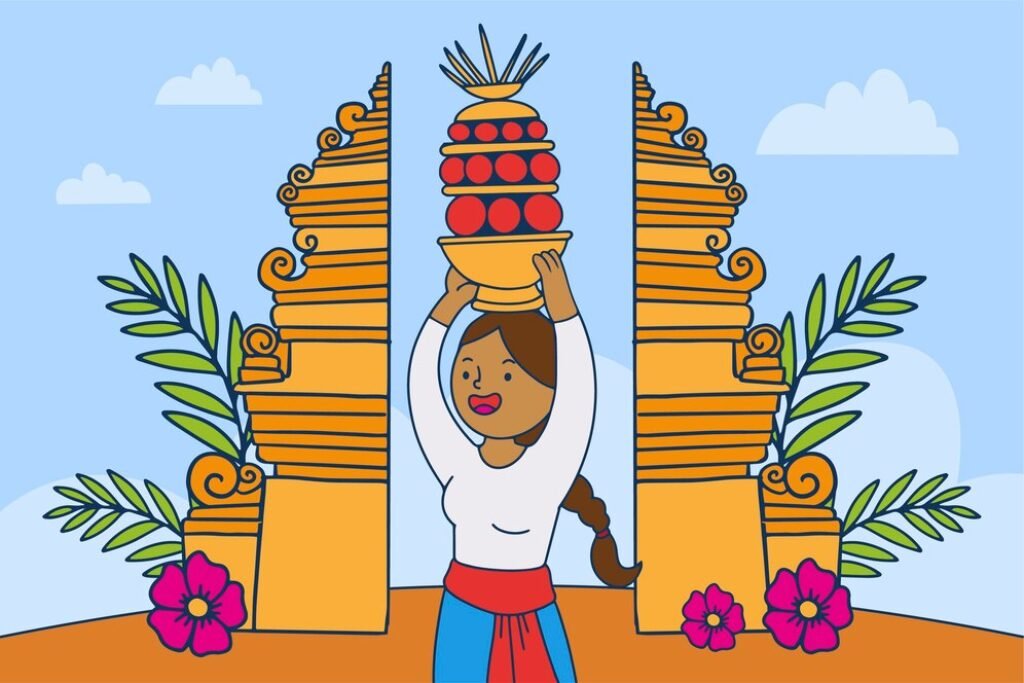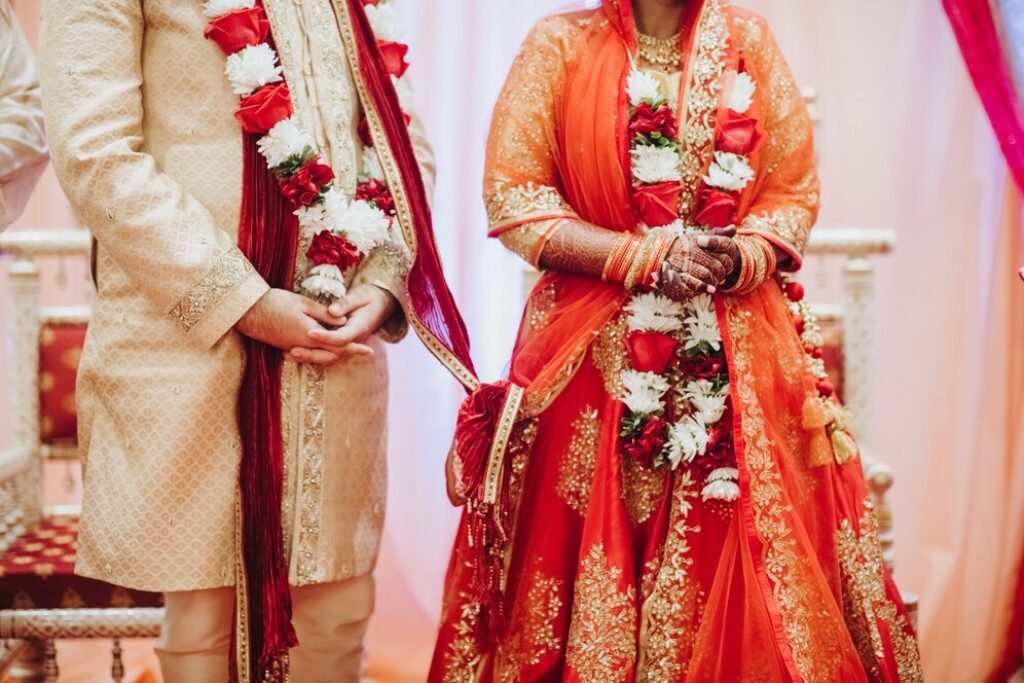
Exploring the Rich Tapestry of Indian Culture: Traditions, Festivals, and Diversity
Introduction to Indian Culture

India, often celebrated as a cultural powerhouse, represents one of the world’s most ancient and enduring civilizations. Known for its profound spiritual traditions, intricate art forms, vibrant festivals, and diverse cuisine, Indian culture is a melting pot of influences and practices that have developed over millennia. Across its vast geographical landscape, India embodies unity in diversity, a concept that resonates through its languages, religions, customs, and celebrations. With a heritage that has captivated global audiences, Indian culture continues to inspire and intrigue, playing a significant role in global cultural narratives and exchanges.
Historical Roots of Indian Culture

The roots of Indian culture are embedded in the ancient Indus Valley Civilization, one of the earliest cradles of human civilization dating back to 3300 BCE. As time progressed, India witnessed the rise of the Vedic culture, characterized by deep philosophical insights and the origins of Hinduism. The influence of empires like the Mauryas, Guptas, Mughals, and later, the British Raj, also left a profound mark, blending foreign influences with local customs. Each era introduced new elements—be it the art and architecture of the Mughal era or the language and educational reforms of the British period—shaping the cultural landscape of modern India.
Diversity in Indian Culture

India’s cultural diversity is not only vast but also uniquely harmonious. Despite differences in language, religion, region, and customs, Indians across the country share common values, such as respect for family, hospitality, and a deep-rooted sense of spirituality. India is home to 22 officially recognized languages and hundreds of dialects, and its religious landscape includes Hinduism, Islam, Christianity, Sikhism, Buddhism, and Jainism. Each state within India often represents a distinct cultural identity, yet they all come together in celebration of their shared history, creating a remarkable example of unity in diversity. This amalgamation of cultures is visible in daily life, festivals, and social customs, reinforcing the idea of India as a collective of distinct yet interconnected communities.
Indian Art and Architecture

Indian art and architecture are timeless testaments to the nation’s rich cultural heritage. From the intricate stone carvings of ancient temples to the imposing forts and palaces built by Mughal rulers, each monument tells a unique story. The Taj Mahal, a UNESCO World Heritage Site, is one of the world’s most recognized symbols of love and architectural splendor. Indian art is also diverse, spanning miniature paintings, folk art traditions like Madhubani and Warli, and traditional sculptures. Every form of art holds symbolic meaning, often rooted in religious or cultural themes, reflecting the complexity and depth of Indian culture.
Festivals and Celebrations

In India, festivals are more than just holidays—they are expressions of joy, gratitude, and faith. Diwali, the Festival of Lights, is celebrated with zeal, symbolizing the triumph of light over darkness. Holi, known as the Festival of Colors, brings people together in a joyful display of color and unity. India’s festival calendar includes numerous religious celebrations, such as Eid, Christmas, Guru Nanak Jayanti, and the Buddhist Vesak, as well as regional festivals like Pongal, Baisakhi, and Navratri. These festivals are characterized by vibrant rituals, traditional attire, music, and dance, making them colorful spectacles that offer a glimpse into the soul of Indian culture.
Indian Music and Dance

Indian music and dance hold a special place in the cultural fabric of the country, deeply intertwined with spirituality and storytelling. The classical music traditions, Hindustani from the north and Carnatic from the south, have been refined over centuries. These music styles are known for their complex rhythms, improvisation, and intricate structures, reflecting India’s philosophical depth. Traditional dance forms, such as Bharatanatyam, Kathak, Kathakali, and Odissi, embody stories from ancient texts and epics, combining expression, rhythm, and movement. Each dance form is tied to a specific region and its cultural ethos, yet they all share a common purpose of narrating stories, often with spiritual or moral themes.
Cuisine: A Culinary Journey Through India

Indian cuisine is a flavorful journey, representing the diversity of the country’s regions, spices, and culinary traditions. Northern Indian cuisine, known for its rich gravies and bread like naan and parathas, contrasts with the rice-based, coconut-infused dishes of the South. In the East, Bengali cuisine delights with its sweets, while Western India offers a variety of snacks and dishes influenced by its coastal regions. India’s culinary practices are distinct in their use of spices, including turmeric, cumin, coriander, and cardamom, which are not only flavor-enhancers but also hold medicinal properties. Indian cuisine reflects the complexity of the country’s geography, climate, and cultural heritage, making it a celebrated cuisine worldwide.
Traditional Clothing and Textiles

India’s traditional clothing is as diverse as its people, with each region showcasing unique styles, fabrics, and techniques. The saree, an elegant garment often adorned with intricate embroidery and vibrant colors, is one of the most iconic symbols of Indian attire, especially for women. In Punjab, the salwar kameez is popular, while the dhoti and kurta are preferred in many other regions. India is also renowned for its textiles, such as silk from Varanasi, Chanderi from Madhya Pradesh, and Kanchipuram silk from Tamil Nadu. Handloom weaving, block printing, and embroidery are age-old crafts that not only contribute to the economy but also keep traditional craftsmanship alive.
Indian Languages and Literature

India’s linguistic landscape is among the most diverse globally, with 22 officially recognized languages, including Hindi, Bengali, Tamil, Telugu, Marathi, and Urdu. Sanskrit, one of the world’s oldest languages, has also significantly contributed to Indian literature and philosophy. Indian literature, spanning ancient texts like the Vedas, epics such as the Mahabharata and Ramayana, and contemporary novels by authors like Rabindranath Tagore and R.K. Narayan, offers a wealth of insight into the Indian ethos. These literary works explore themes of morality, duty, love, and spirituality, contributing to the world’s literary heritage.
Family Structure and Social Norms

The traditional family structure in India is largely extended, where several generations live together under one roof. This system promotes values like respect for elders, collective responsibility, and familial bonds. However, with urbanization and globalization, nuclear families are becoming more common in urban areas. Indian social norms often prioritize family and community values, though modern influences have introduced shifts in lifestyle and individual autonomy. The balance between traditional values and modern aspirations is evident in today’s Indian society, reflecting a culture that respects its roots while adapting to change.
Spirituality and Religions of India

India is often referred to as the “land of spirituality” due to the deep-rooted influence of religion in daily life and the emergence of major world religions within its borders. Hinduism, Buddhism, Jainism, and Sikhism all originated in India, each bringing unique philosophies, rituals, and spiritual practices that shape Indian culture. Hinduism, the oldest religion in India, is characterized by a multitude of deities and festivals, as well as its philosophical concepts like karma, dharma, and moksha. Buddhism and Jainism, which emphasize non-violence and self-realization, also continue to influence millions worldwide. Additionally, Islam and Christianity have become integral parts of Indian society, introduced through historical trade, conquests, and colonial rule.
Spirituality in India is not confined to religion alone; it permeates art, music, yoga, and meditation. The global popularity of yoga and Ayurveda can be attributed to India’s focus on holistic well-being, where mental, physical, and spiritual health are interdependent. In Indian culture, spirituality fosters a sense of unity and respect for diverse beliefs, making it a unique aspect of the nation’s cultural identity.
Traditional Medicine and Ayurveda

Ayurveda, India’s traditional system of medicine, has been practiced for over 5,000 years and continues to influence both domestic and global wellness trends. Originating from Sanskrit texts, Ayurveda emphasizes a holistic approach to health that combines diet, herbal treatments, exercise, and meditation. Unlike modern medicine, Ayurveda focuses on balancing the body, mind, and spirit to achieve overall wellness. Treatments are customized to an individual’s dosha (body type) and aim to prevent illness by addressing its root cause rather than just alleviating symptoms.
In addition to Ayurveda, India also practices Unani and Siddha medicines, which draw from Greek, Persian, and indigenous knowledge. Today, Ayurveda is recognized worldwide, with Ayurvedic practices integrated into wellness centers and spas. Herbs like turmeric, ashwagandha, and neem have become popular due to their medicinal properties, furthering India’s influence on global health practices. The longevity and popularity of Ayurveda showcase the Indian emphasis on preventative care and natural remedies, making it a cultural legacy in the field of medicine.
Marriage and Wedding Traditions

Indian weddings are celebrated with grandeur, rituals, and a fusion of colors, symbolizing the unity of not just two individuals but also their families. Each region and religion has unique wedding customs, with Hindu, Muslim, Sikh, and Christian weddings often reflecting the couple’s cultural heritage. Hindu weddings, for instance, are known for rituals like the “saat phere” (seven vows around the holy fire), which symbolizes the couple’s commitment to each other across seven lives. Sikh weddings involve the “Anand Karaj” ceremony, while Christian weddings focus on exchanging vows in the presence of family and friends.
Indian weddings are multi-day affairs that include vibrant pre-wedding ceremonies such as the mehendi (henna application), sangeet (music and dance), and haldi (turmeric ceremony). In recent years, destination weddings and fusion themes have gained popularity, blending traditional and modern elements. The elaborate Indian wedding industry emphasizes the importance of family and community involvement, making marriages not just personal milestones but cultural celebrations that honor customs and traditions.
Role of Women in Indian Society

The role of women in Indian society has evolved significantly over time. Traditionally, women played roles centered around family and household responsibilities, embodying virtues of care and sacrifice. However, modern Indian women have emerged as influential figures in various fields, from politics and business to arts and science. Pioneering women like Indira Gandhi, India’s first female Prime Minister, and contemporary leaders such as Sudha Murthy in philanthropy and Priyanka Chopra in entertainment have reshaped societal norms, inspiring future generations.
Indian society is witnessing a growing awareness of gender equality, with initiatives aimed at increasing female literacy, encouraging women’s entrepreneurship, and fighting against gender-based violence. The Indian government has also introduced various schemes, such as the “Beti Bachao, Beti Padhao” campaign, which translates to “Save the Daughter, Educate the Daughter.” Today’s Indian women continue to balance their heritage with the freedom to pursue education, careers, and personal aspirations, contributing significantly to the social and economic development of the country.
Conclusion
Indian culture is a testament to the resilience, adaptability, and richness of human heritage. Through centuries of evolution, it has preserved its core values while embracing changes that reflect a dynamic society. From its diverse languages, spirituality, and traditional arts to its vibrant festivals and culinary heritage, Indian culture offers an intricate tapestry of beliefs, customs, and practices that bind millions. As India continues to progress on the world stage, it remains a beacon of cultural diversity and harmony, inspiring curiosity, respect, and appreciation across borders. Embracing both its ancient roots and its modern aspirations, Indian culture stands as a remarkable example of how diversity and unity can coexist in a shared identity.






